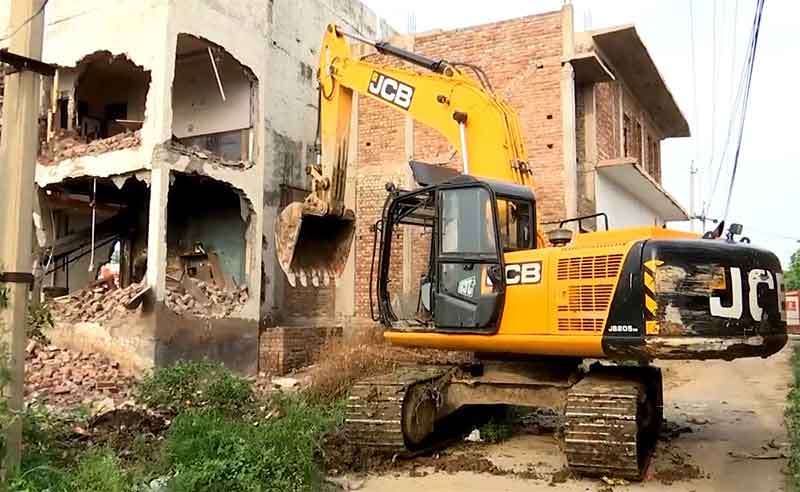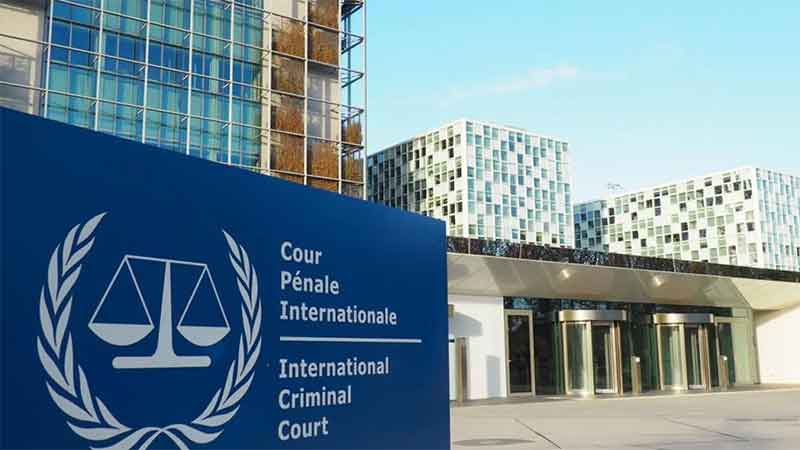
It has been 500 days since Khalid Saifi’s incarceration, and 300 since Umar Khalid’s, in false UAPA cases; and a week since the custodial demise of Fr. Stan Swamy in the bogus Bhima Koregaon case. Both the Delhi riots and Bhima Koregaon cases are very important instances to explore the category of ‘political prisoner’ in contemporary Indian politics. They illustrate the vast expanse of the state machinery, its actions and reactions in a capitalist order, and the promise of collective and organised resistance.
In response to the recent call made by several mass movement organisations and political parties to “release all political prisoners,” renowned lawyer, Disha Wadekar, observed, “Mainstream discourse around dissent is casteist, to say the least. Why stop at #ReleaseAllPoliticalPrisoners, when generations of criminalised tribes notified by an unjust law continue to suffer incarceration by the police and prison complex? Why not #ReleaseCriminalisedTribes?”. This remark — important as it is in light of the deeply casteist manner in which incarceration operates in India — however, invisibilises the embeddedness of the many political prisoners targetted by the Indian state in the people’s movements they belong to. This statement seems to create a false dichotomy between political prisoners and other underprivileged incarcerated people.
Language of the Law
The logic of incarceration does not only pertain to procedural questions surrounding the law – such as in the case of, custodial violence or the denial of rights to trial, legal representation, and granting of bail – with regard to which oppressed groups are particularly disadvantaged. But rather, it is also the language of the law that heavily punishes oppressed communities. For instance, a violent history is contained in the Criminal Tribes Act – a colonial law that identified “criminal tribes” – that continues to excessively punish several oppressed communities in India, today. This brutal criminalisation of oppressed communities indicates the underlying material relations upon which the Indian legal system is built.
In contrast, the category of ‘political prisoners’ in law pertains to the incarceration of individuals based on their actions and beliefs. The term ‘political prisoner’ has a very rich history in the Independence movement. One of the demands of Bhagat Singh and his comrades in the famous prison hunger strike in 1929 was that they be recognised as ‘political prisoners’.
While assertions such as these reveal the importance of the term in our civil rights discourse, considering that the law in its very rhetoric and assumptions is embedded in power relations, it is necessary to ask whether there is a case to be made at all for specially recognising the category of political prisoners.
The Logic of the System
The presence of political prisoners in any society indicates the authoritarian character of the state, and the centralising tendencies of capitalism. The neoliberal policies of the Indian state today indicate how the crisis of capital has become particularly pronounced. This crisis is visible through the choke-hold that international finance capital wields over the state, the dilution of labour laws, mass unemployment, and rampant privatisation. The dramatic assassination plots and Maoist conspiracies that are manufactured through the UAPA must be examined in light of these worrying material conditions.
The political crisis of the Indian state, culminating in the rise of fascism emerged through the ultimate collapse of liberalism and its institutions, and the rise in the ideological dominance of communal fascist ideologies. Historically, the rise of fascism in India took place along with the liberalisation of the economy and the establishment of the neo-liberal state. As the BJP came to power by electoral means, securing a victory through liberal institutions, the fascist take over of political power, was through ‘legitimate’ means. The process of liberalisation hence, entailed the acceptance and legitimisation of the far-right. Furthermore, hegemonic ideological control by the far right emerged dialectically as a combination of consent and coercion. Through its mass organisations, the BJP continued to smear farmers struggles, and people’s movements – spinning conspiracies about international schemes and plots, while continuing to sanction and punish those who organise and dissent. The mistreatment of political prisoners and the use of authoritarian laws like the UAPA needs to be interrogated by locating the intertwining of neo-liberalism and the far-right.
While the language of criminal law, bail and human rights is premised upon the functioning of liberal institutions, the advent of fascism has spelled its demise. In the arc of history therefore, along with Indian democracy, criminal law has tended further and further right, as the Indian state steeped itself further in neo-liberalism. By being beholden to the whims of imperialists in the metropolis, the Indian state was compelled to brutally impose neoliberalism within the nation.
Ahmad suggests that fascism further created “cultures of cruelty”, characterised by brutal social sanctioning and a generalised ethical numbness. This analysis becomes particularly important while understanding the experiences of political prisoners. The absence of humanitarianism in the incarceration of pregnant student activist Safoora Zargar, and the continued imprisonment and ill-treatment of Professor G.N. Saibaba indicates how the plight of political prisoners is interconnected with the material conditions – through the cruel imposition of neo-liberalism, and the “cultures of cruelty” that emerges in fascist society.
Jean Dreze, a prominent economist, recently remarked that the demise of Fr. Stan Swamy was an act of torture by the Indian state. The death of Stan Swamy was carefully plotted by the legal system, in the repeated denial of – his bail application, his request for a sipper cup, and warm clothes. The elaborate theatre that the UAPA enables the state to orchestrate shows that the cruelty meted out to political prisoners is by design. This is further visible in the denial of slippers to Ishrat Jahan in the Delhi riots case, the withholding of medical care to Professor Hany Babu, and the refusal of spectacles to Gautam Navlakha. It is apparent, as human suffering becomes more striking, brutal state repression becomes more and more daily. Thus, as crisis in neo-liberalism is more and more acute, so is reactionary violence by the state.
The Relevance of Political Prisoner
The foregrounding of the political prisoner in civil rights discourse does not amount to a rejection of the exploitative and inhumane politics of incarceration. In the inspiring examples of the political prisoners in India today — Sudha Bharadwaj, fighting for the rights of tribal communities to Gulfisha, fighting alongside Muslim women — what is is visible is the deep intertwining of the struggles of oppressed groups and the practices of political prisoners.
The brutal repression of people’s movements illustrates how incarceration is primarily faced by those fighting within people’s movements for justice. Rather than glorify certain personalities, the category of political prisoner clearly highlights the ideological character of the law, foregrounding its class-caste character.
By emphasising the political in political prisoner, we do not deny the politics of incarceration. Just as Natasha and Devangana pointed to us the profound cruelty of incarceration that they were subject to along with their sathis at Tihar jail, recognising political prisoners pushes to further critique the brutality in incarceration, and centre the struggles and hopes of people’s movements.
Achintya Anita Gurumurthy is a law student who is interested in Marxist and Ambedkarite theory and politics.
A version of this article was first published by The Leaflet
















































